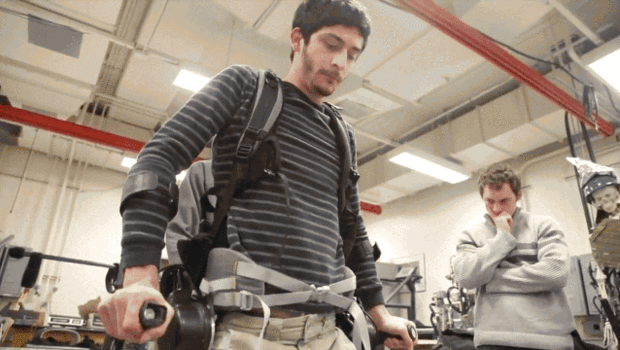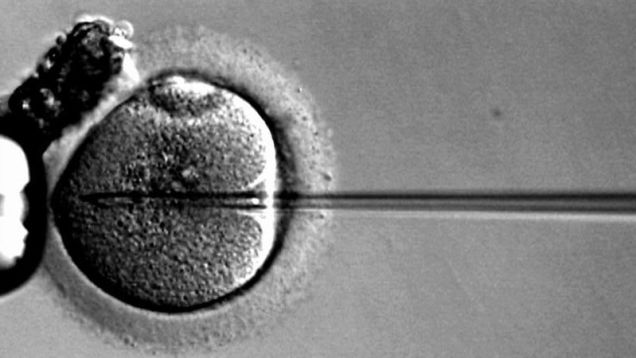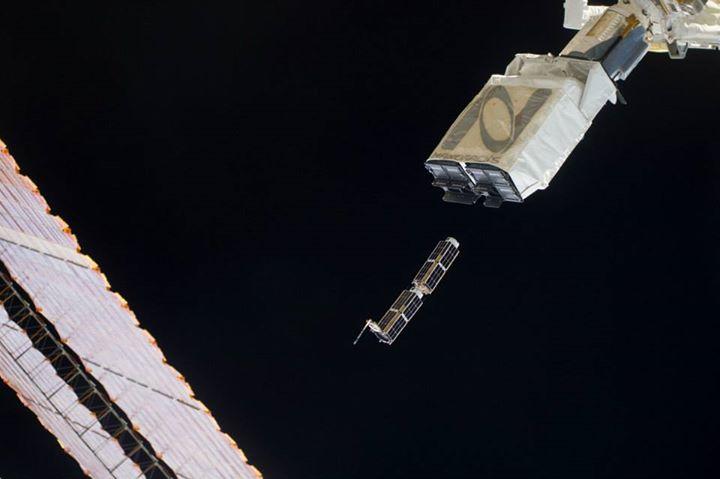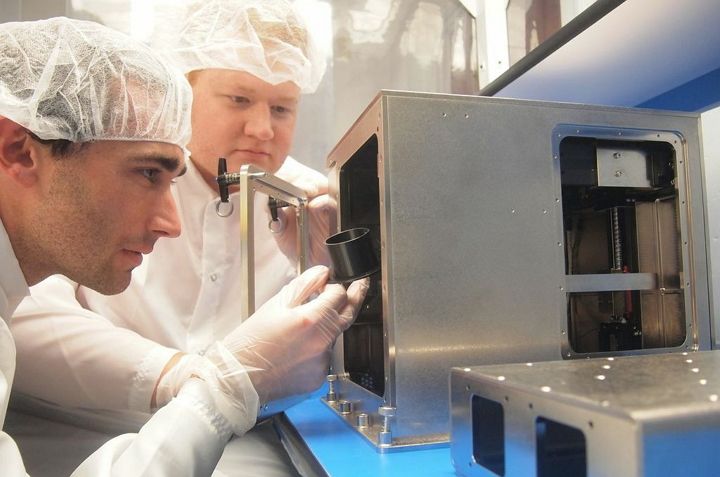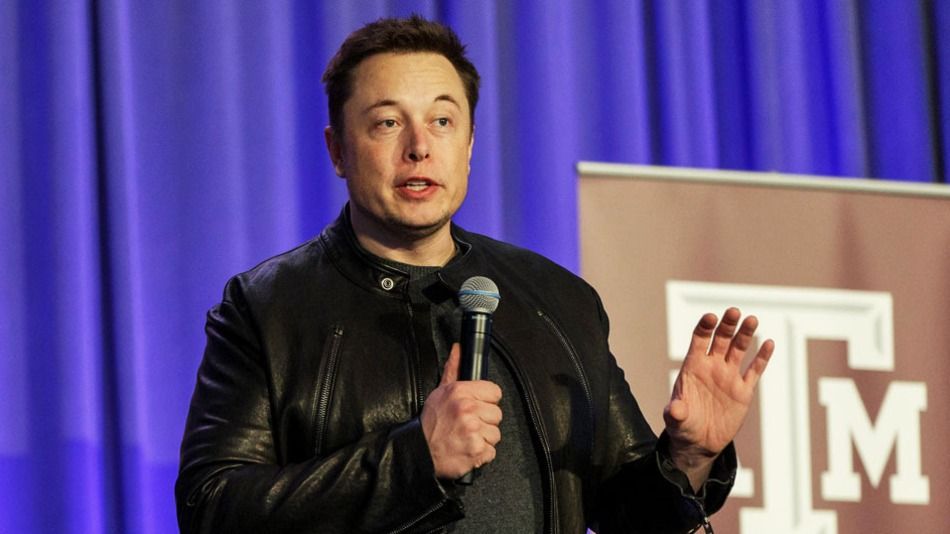Feb 1, 2016
Advanced composites — An idealized future
Posted by Karen Hurst in categories: computing, transportation
DARPA Futurist’s visions of the future: non breakable parts and improving energy usage. Interesting, we both had worked at the National Labs.
Although we’re still awaiting the mass production of flying cars and miniature fusion reactors, some predictions in the 1985 film Back to the Future for 2015 have, indeed, come true. Among them are in-home videoconferencing and voice and fingerprint recognition for personal devices.
On the 30th anniversary of the movie, the US Defense Advanced Research Projects Agency (DARPA) issued some predictions about the world in 2045. Some of them seem pretty far-fetched (click here for a look), but given the pace of technological development, they might be realized much sooner. So, what would an idealized future for the advanced composites industry look like? And rather than looking out 30 years, how about the next 10 to 20? Here are some of my thoughts:
“Make it and break it” is a thing of the past. Today’s “building block” approach to composites, from coupon level to full structures, is both time-consuming and expensive. As computing power evolves, the necessity to fabricate and test thousands of coupons to derive design allowables goes away. Instead, we manufacture a modest set of critical panels and measure a handful of mechanical properties, and use proven and reliable mathematical models to accurately predict the remaining design properties, called “virtual allowables.” Most important, we believe in them. From these, we are able to predict behavior of as-manufactured components and assemblies in impact, crash, fatigue and other potential failure modes, leading us to design parts at minimum weight and cost. We also characterize the rheology of the various polymers in composites, as well as forming behavior of fibers and textile forms to confidently simulate composite manufacturing processes.
 DARPA Futurist’s visions of the future: non breakable parts and improving energy usage. Interesting, we both had worked at the National Labs.
DARPA Futurist’s visions of the future: non breakable parts and improving energy usage. Interesting, we both had worked at the National Labs.